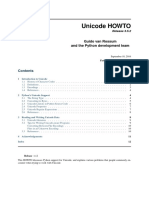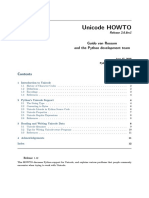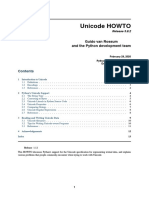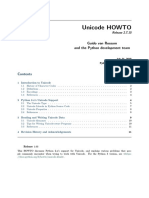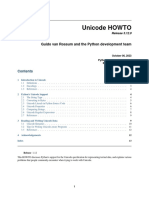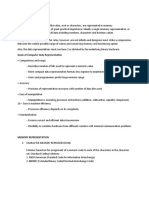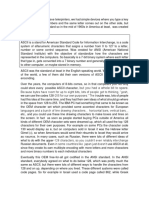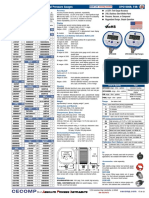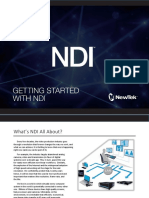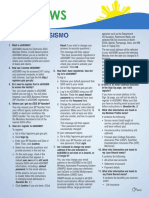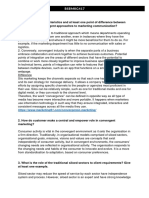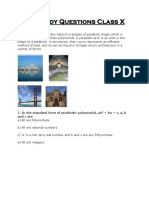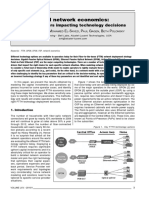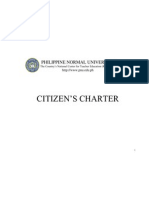0% found this document useful (0 votes)
3 views3 pagesUnicode UTF PlainContent
This presentation explains Unicode, UTF encodings, and surrogate pairs, which are essential for text handling in programming. It details how Unicode assigns unique code points to characters and describes various encoding systems like UTF-8, UTF-16, and UTF-32. The document emphasizes the importance of Unicode for globalization, multilingual applications, and security, particularly in the context of Dart programming.
Uploaded by
22ceuts062Copyright
© © All Rights Reserved
We take content rights seriously. If you suspect this is your content, claim it here.
Available Formats
Download as PDF, TXT or read online on Scribd
0% found this document useful (0 votes)
3 views3 pagesUnicode UTF PlainContent
This presentation explains Unicode, UTF encodings, and surrogate pairs, which are essential for text handling in programming. It details how Unicode assigns unique code points to characters and describes various encoding systems like UTF-8, UTF-16, and UTF-32. The document emphasizes the importance of Unicode for globalization, multilingual applications, and security, particularly in the context of Dart programming.
Uploaded by
22ceuts062Copyright
© © All Rights Reserved
We take content rights seriously. If you suspect this is your content, claim it here.
Available Formats
Download as PDF, TXT or read online on Scribd
/ 3








